1940s – It Was ONLY a Spot for Shade
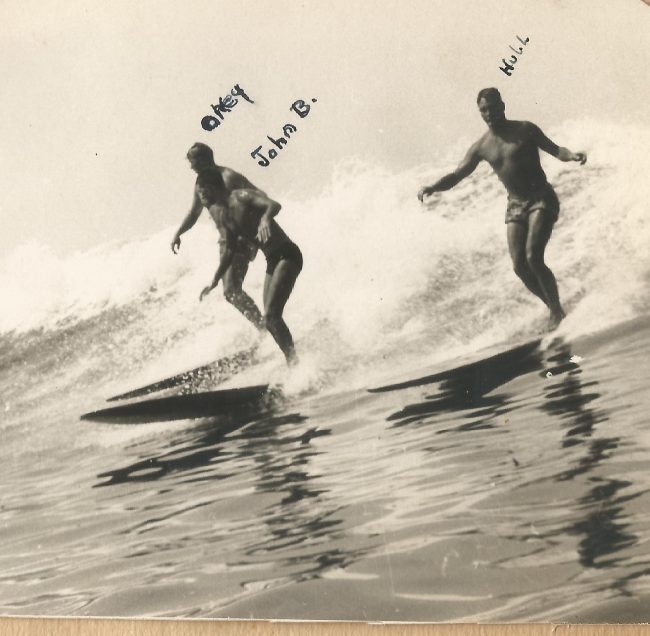
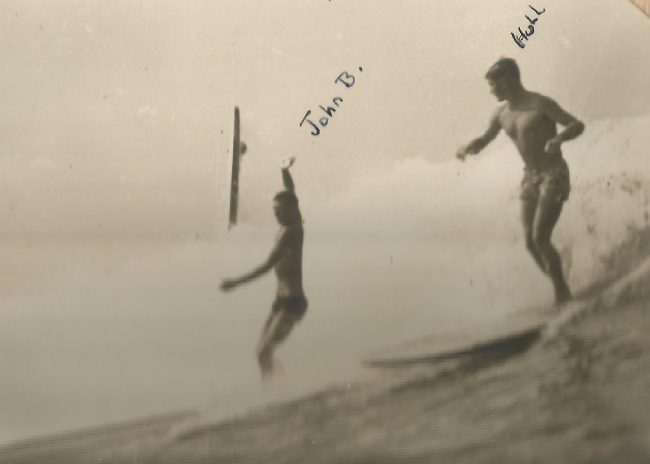
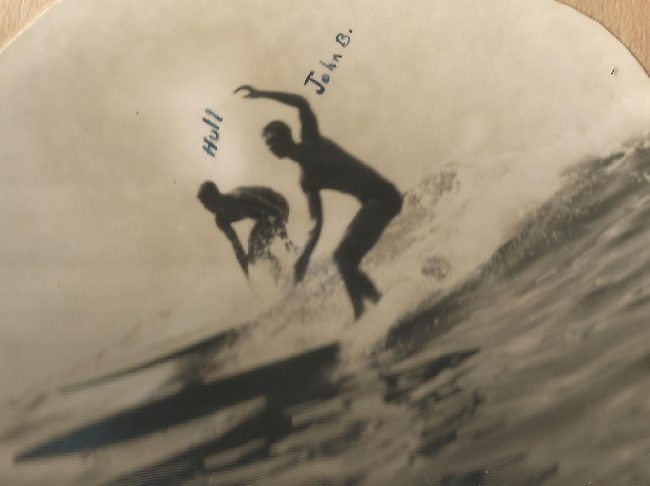

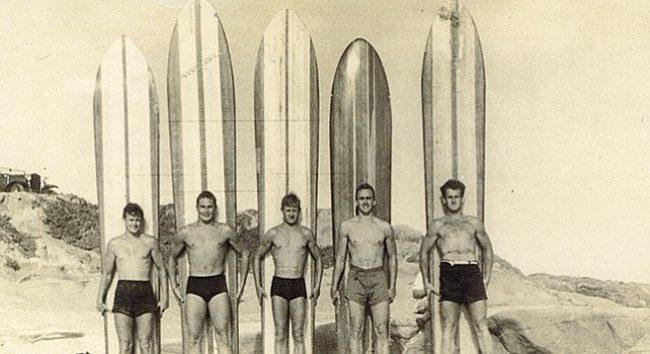
1946 – The Legacy Begins
Don and gang went to Scripps Hospital and, with a stealth-like operation, cut some branches off eucalyptus trees to build it.
They never realized that one day it would be a legacy.
The Shack was about 10 x 12 with a single ridge down the middle and palms draped over the ends. The poles were small and flimsy — only about 4 to 6 inches in diameter.
It took some time, but the thatched shack was eventually completed in early June of 1946. At first they celebrated with a small toast. They never realized the Shack would become a luau venue with Hawaiian dancers and music that grew into huge social events for surfers up and down the coast, getting increasingly rowdier and larger each year.
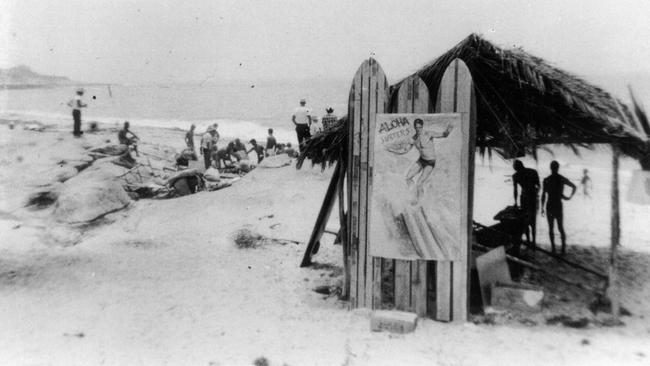
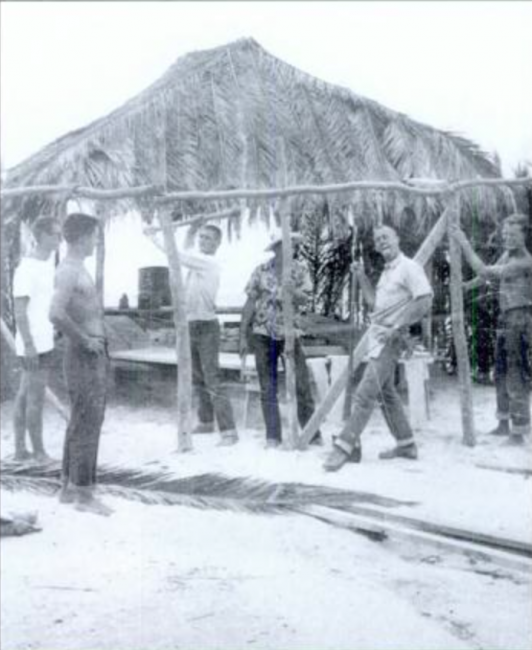
July 1946 – The Ocean, Surf and Sun, the Ultimate Venue
The luau got the attention of the local press.
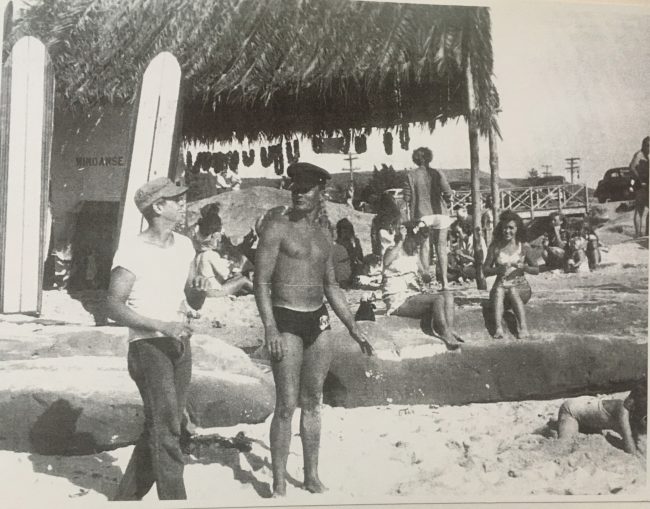
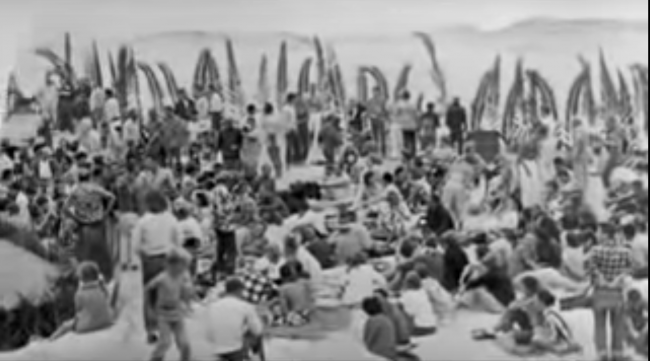
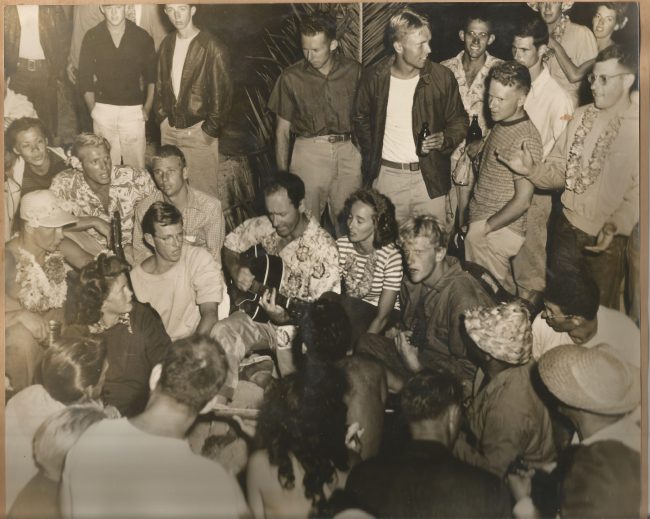
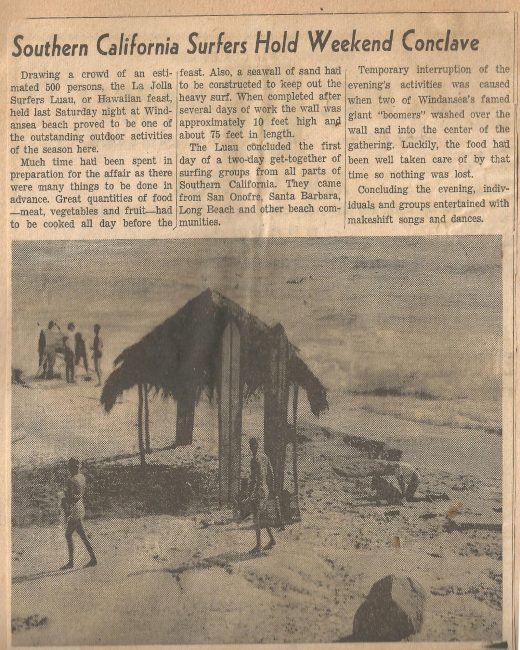

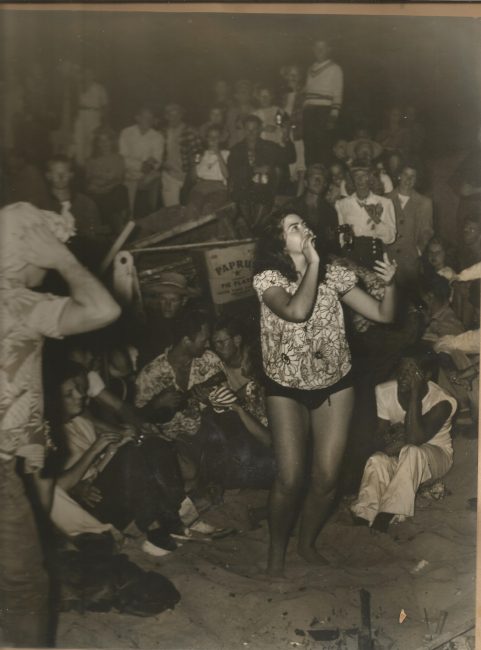
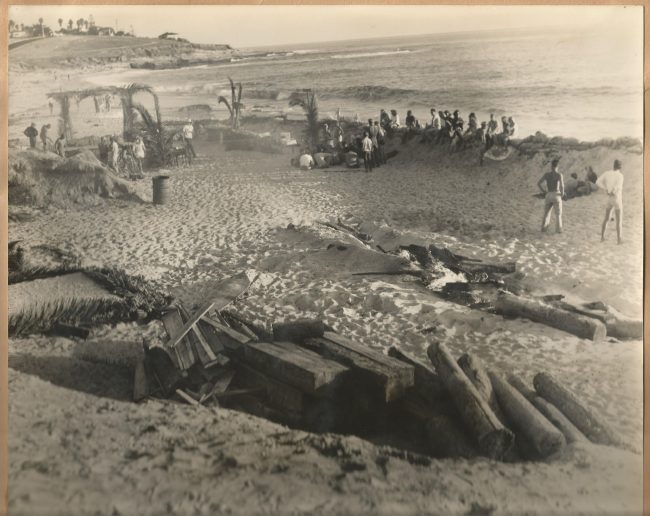
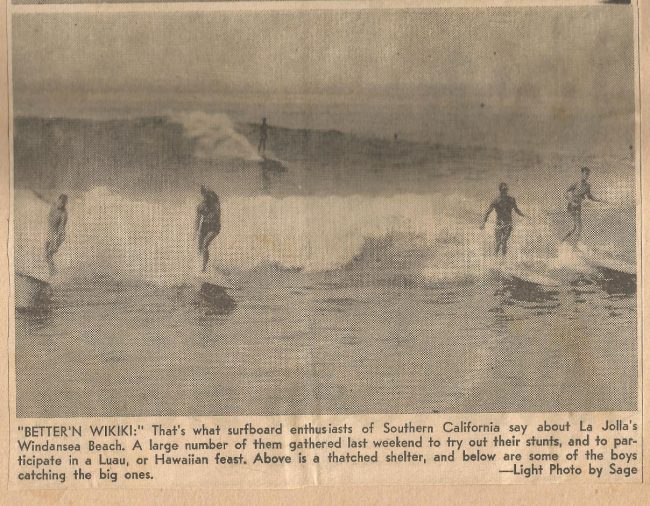
1950 – A New Beginning
Albert’s Note: Camp Matthews was decommissioned in 1964 and transferred to the University of California to be part of the new University of California, San Diego (UCSD). The palm fronds were from the Canary Island date palm, Phoenix canariensis species.
The type of materials used became very important, as we will later learn.
Albert’s Note: Southern California had an overabundance of eucalyptus trees. Because of its environment, millions of these trees were planted by railroad companies to be used as railroad ties. But they turned out to be too brittle and hard to use. Even to this day, you can see their distinctive planting rows.
This time the Shack was made almost a third bigger with bigger poles, and now had a more enforced hip roof that had bolts holding it together instead of nails.
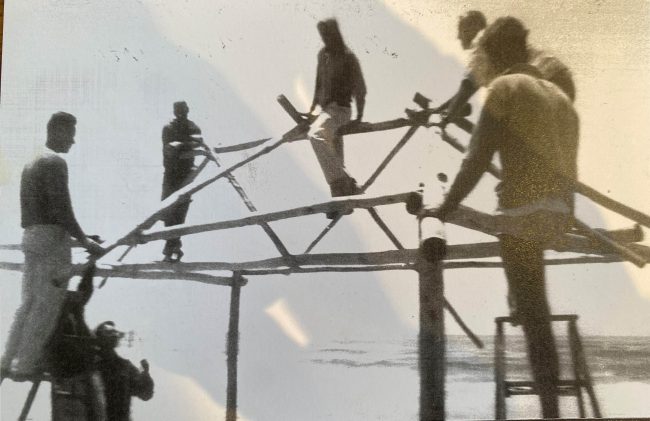

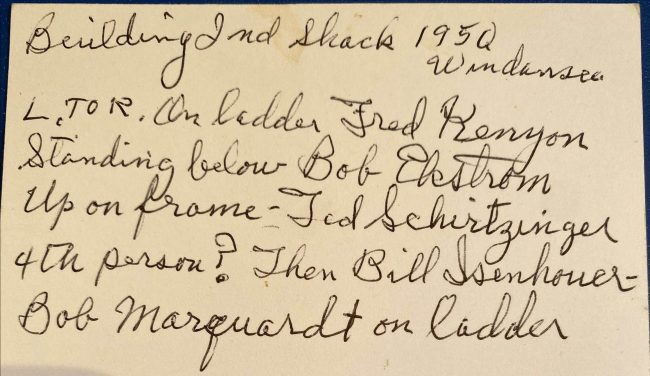
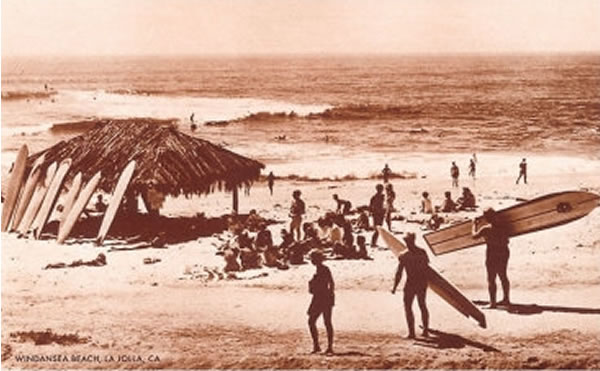
1953 – The Surfers’ Shack


1954 – The Shack Becomes “Spiritual” With the Loss of Bob Simmons and a New Surf Break Named
On September 26, 1954, a large swell hit WindanSea. The “father of the modern surfboard,” Bob Simmons, and a few friends went out to ride these Hawaiian North Shore size waves “north of the Shack.” It was low tide when Simmons took off on one that was said to have a 16-to-18-foot face, where he dropped down, wiped out, and got sucked over the falls on the reef. He never surfaced. His body was discovered a few days later.
[su_note note_color=”#feedea” text_color=”#000000″]The Shack held its first tribute luau to honor Bob … and during the tribute someone said, “Bob’s not gone. His spirit will always be with us at the Shack.” Then they gave Bob one of the highest honors and shows of respect one could ever receive as a waterperson; they named the reef break north of the Shack “Simmons.”[/su_note].
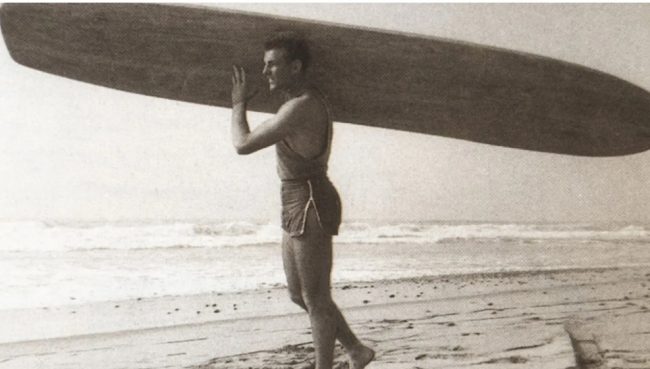
.
1957 – The Shack Becomes “Radicalized”
By this time, everyone in California knew there was something different about La Jolla’s WindanSea/Shack crowd. Surfers like Pat Curren, Mike Diffenderfer, ‘Tiny Brain’ Thomas, Billy Graham, Butch Van Artsdalen and Carl Ekstrom started to make a statement in the surfing world, not because of their surfing skills but because they “flipped off society” of those who did not like their way of life.
“The most rebellious group of people I ever met,” said legendary big-wave surfer, Fred Van Dyke. “They were like wild animals!”
When surfing legend Greg Koll made his film Surfing Giants, there was a segment on the WindanSea/Shack where he said, “WindanSea crowd was the most radical of all … it was just another way to flip off society!”
Greg Noll also added about the civility shift at Windansea: “It wasn’t a gradual change. It was like someone threw a switch, and all of a sudden, guys didn’t give a shit about society … or what other people thought about them.”
This decade of radical and rebel surfers also coined the phrase “Surf Nazi,” which is best seen and documented in the video Surf Nazi and Flexy Flyers.
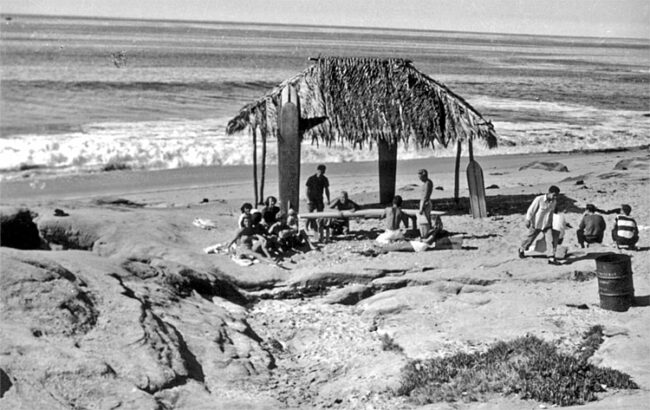
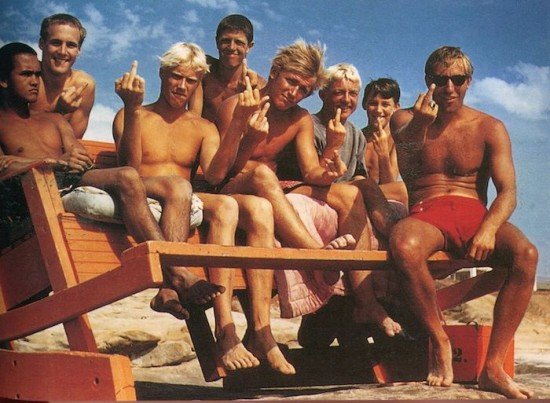
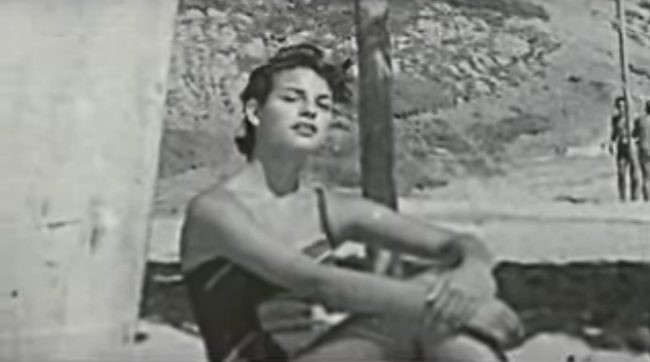
1962 – The Capitalization of the “S” in WindanSea
In 1962, two organizations were formed with a common bond, the beach life.
In order for them not to be associated with the hotel or city map and to brand their own identity that differentiated from the hotel and city map name, they added capital letter(s) to their names.
One was created by low-key Chuck Hasley and Mike Hynson who took these radical surfers and created WindanSea Surf Club and capitalized the “S” in WindanSea, which also helped set it aside from other clubs with the same name.
The other organization was created by a couple of men, Jack “Mac” Macpherson and Bob “Meda” Rakestraw, who created a loosely fit, free-spirited organization, as the media reported, known for their rowdiness and propensity for destruction, (which is B.S.; they got paid in beer to tear down houses, but that’s another story). Except MAC MEDA DESTRUCTION CO. took it a bit farther by capitalizing the whole name in bold/military stencil font. The rowdiness was true.
From that point on, the capital S in WindanSea became a symbol or embodiment of the free-spirited, yet radical/bold beach life.
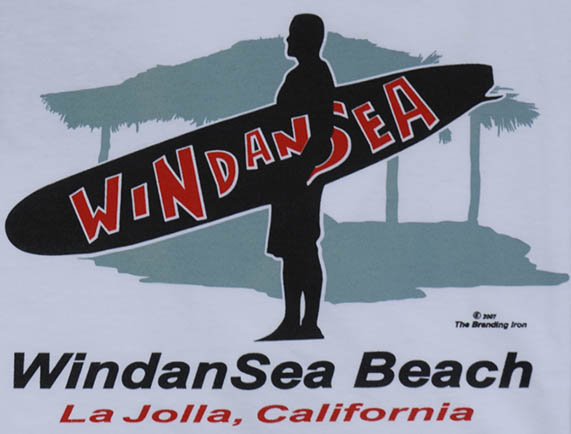
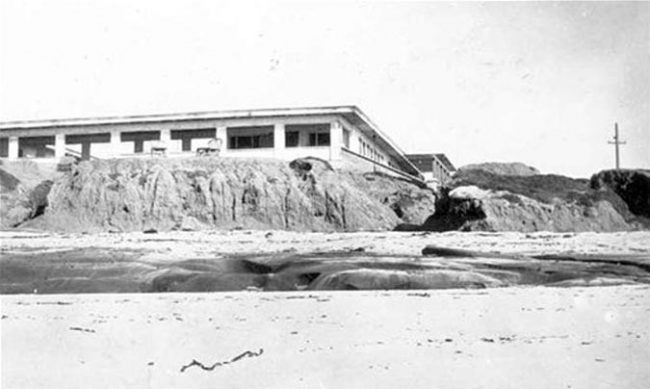
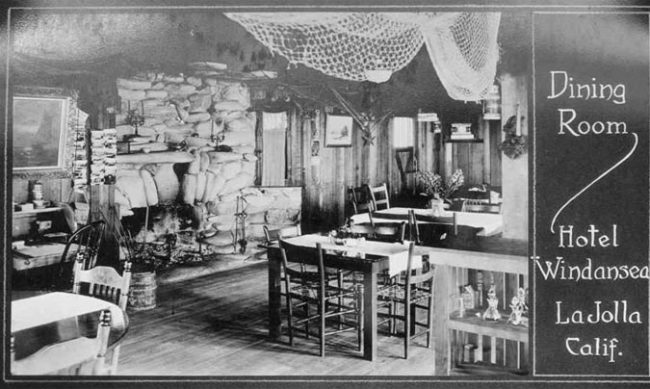

1963 – The Shack Takes a Back Seat to Hot Curl
Hot Curl became an overnight success and a surfer icon featured in movies and surf lore. About a year later, vandals ripped it down. In April 2018, one of the vandals (from North Park) confessed to the crime in several comments in the Hot Curl article.
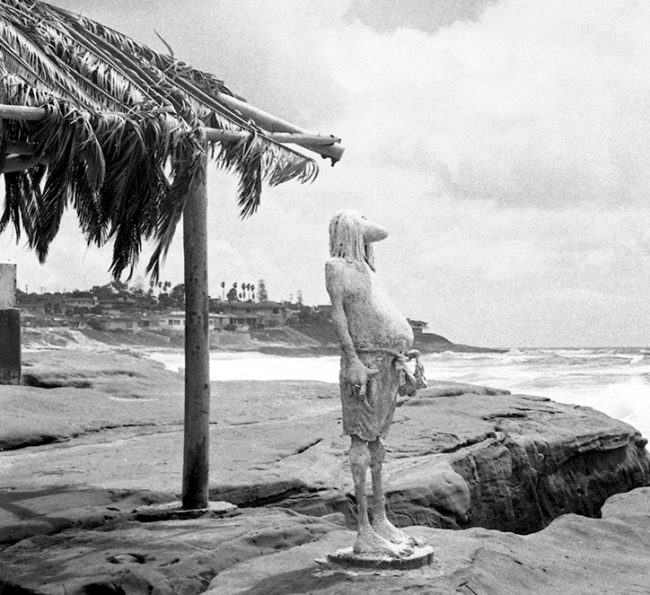
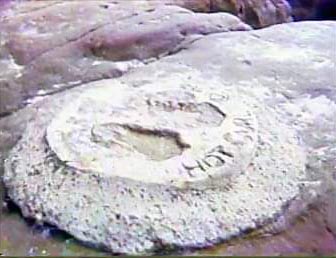
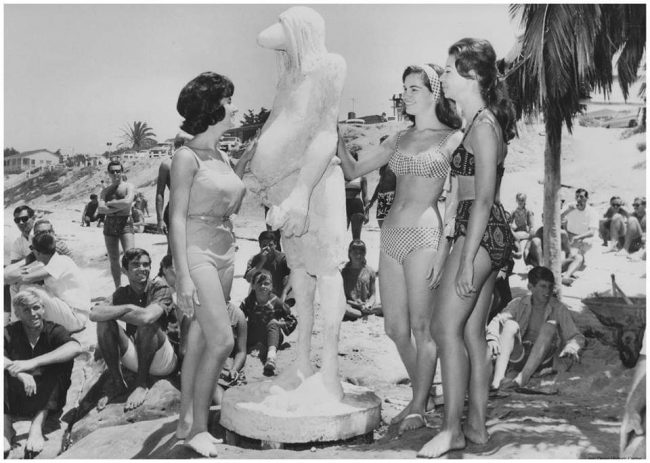
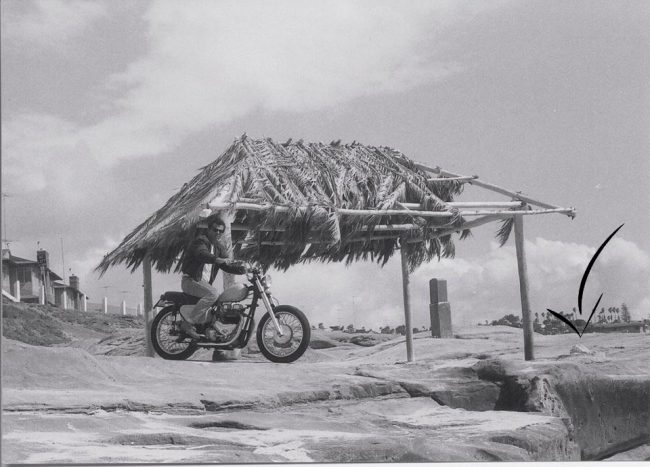
1965 – The Shack Becomes “Locals Only”
Chuck then took these “unknowns” up north to some of the surfing contests in Malibu, Ventura and Huntington Beach and literally made many look like kooks, putting WindanSea on the bragging rights map. Now it was WindanSea’s time to be cocky. And they very well earned the right to be.
With bragging rights, at many surf breaks in San Diego, the locals of that break started to get a bit confrontational towards non-locals surfing at their break.
However, WindanSea took it to the extreme. Even if you were a local La Jollan, you had to earn your spot to surf at the Shack.
It was not uncommon for a surfer from the La Jolla Shores or South Bird area to be razzed when surfing at WindanSea.
Once you earn your right to surf, you still had to earned your right to stand at the Wall.
[su_note note_color=”#feedea” text_color=”#000000″]Albert’s Tidbit: When legendary La Jolla Shores Surfer Bill Andrews, one of the surfers who discovered Black’s Beach, tried surfing at WindanSea, Butch Van Artsdalen grabbed ahold of him and tied him to the Shack, upside down. Butch said something like, “Go back to your wimpy beach break.” A few months later they became friends.[/su_note]
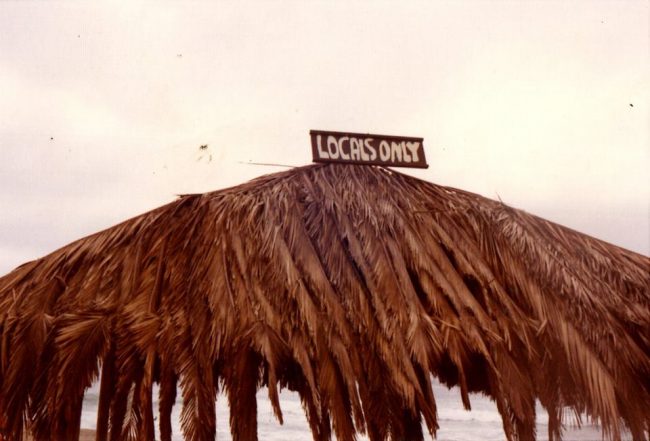
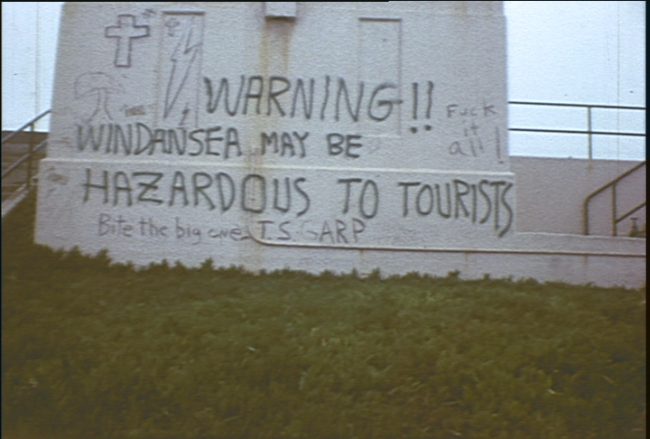
Mid-1966 – The Shack Kicks Out Famous Author
Tom Wolfe, the flamboyant literary stylist, was there to do a couple of magazine articles about the radical teens at La Jolla’s WindanSea Beach. He was not received well. In fact, he was run off. He saw another group of teens hanging out at the Pump House just 75 yards south of the Shack. He was welcomed by these teens who proceeded to tell outrageous and bullshit stories about the beach life. Wolfe sucked them up like they were the Gospel. Tom’s bestselling book, The Pump House Gang, helped immortalize the WindanSea area. It also let the world know what the WindanSea Shack Gang thought of Tom Wolfe.
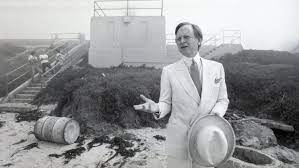
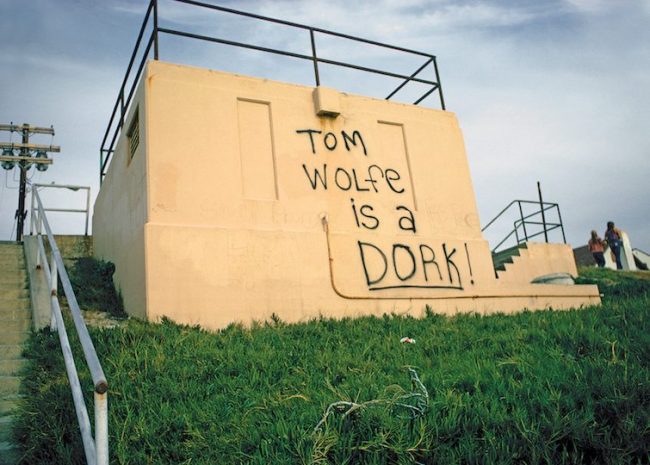
July 13, 1968 – The Shack Fought the Law, and the Law Won
Even if all their Conventions were held in various parts of the beach (Pump House, Sea Lane) and inland (Sorrento Valley), they got a bad reputation as being nothing but a bunch of hard-drinking beach degenerates that liked to destroy and tear down houses and anything of structure. Local law enforcement hated them. In late June, Mac Meda wanted a Convention at the Shack on July 13, 1968. Police were determined to break it up way before it started … So when they heard a Convention was in the making, they set up a command post at the top of Nautilus Street (about 1.5 miles up the hill from WindanSea). Then when they got the word, a freight train of cop cars raided the Shack. The sad part was the party was peaceful … just a bunch of beach-goers, some with kids, listening to music and drinking a few beers.
Video of the last La Jolla Shack Convention
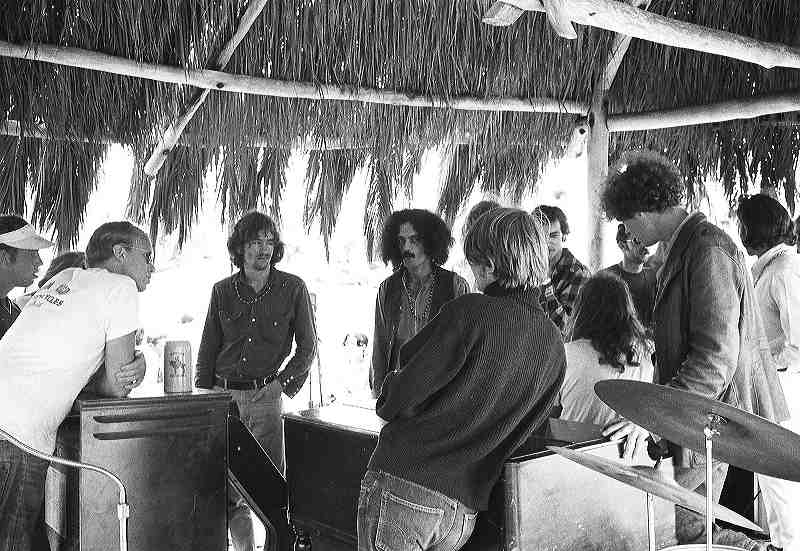
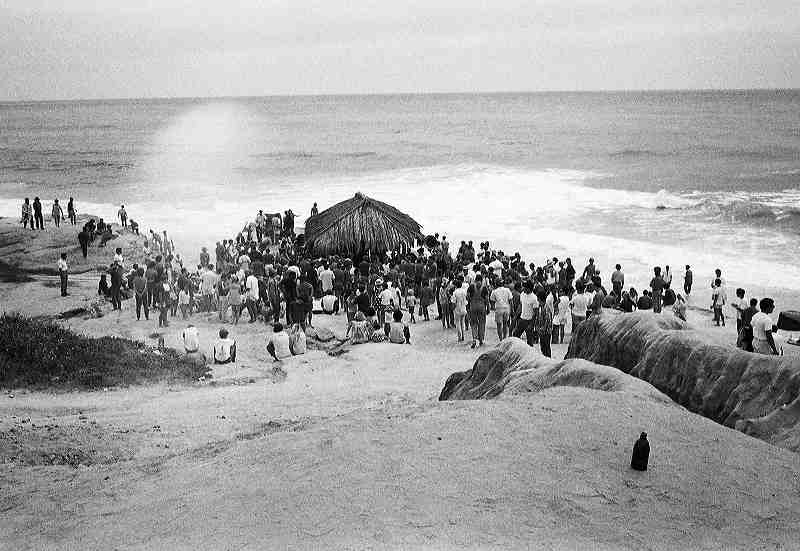
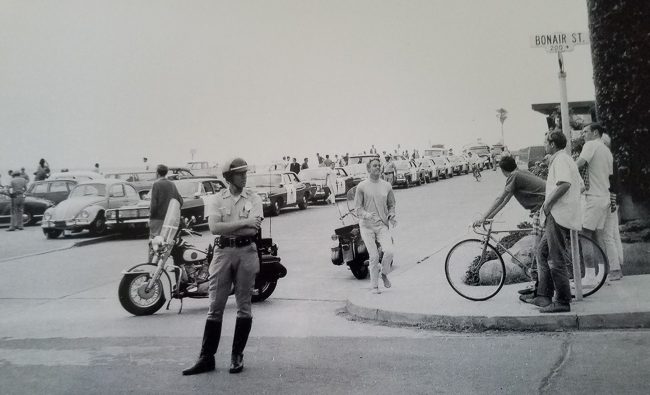
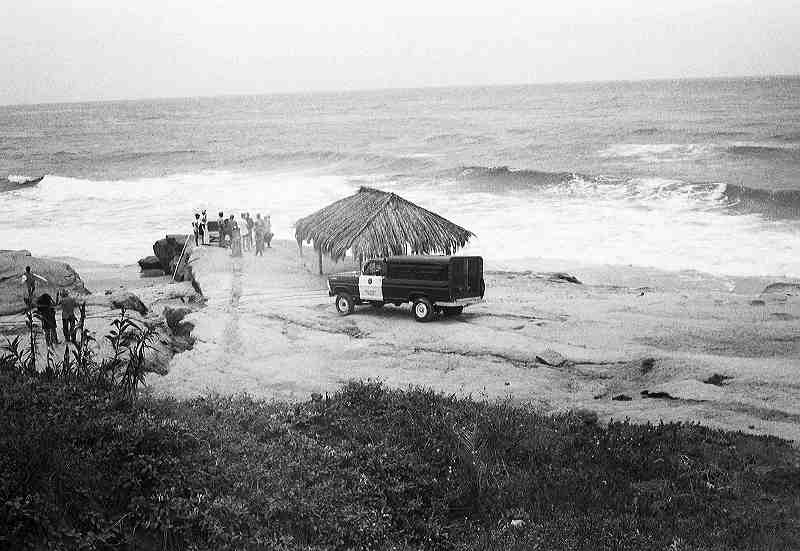
September 1994 – Windan’Sea Surfers Reunion Association’s Longboard Surf Meet
Trying to recoup what was lost in 1968 when the cops raided the Shack, to bring the traditional old Hawaiian luau back to the Shack and honor the pioneers of surfing, Mike Wilson organized the first Windan’Sea Surfers Reunion Association’s Longboard Surf Meet. It was an instant hit and brought the old school of surfing and luau back to the Shack.
The main rule, surfers must ride boards that are at least nine feet long. Historical boards are welcome. The event is not competitive “other than the razzing among fellow surfers,” Wilson said. If you claim you won, you got a trophy.
The contest began at 9:00 a.m. with various age groups participating. Then the luau started at 3:30 with Hawaiian music and food. Each year they’d honor a long-time surfer or surfers.
[su_note note_color=”#feedea” text_color=”#000000″]Albert’s Note: Wilson could not have done the first luau without Chuck Hasley’s help and support. Otherwise the event would have flopped. The real reason for the luau was never explained; no one was going to honor the pioneers. Wilson’s backdoor noble idea was to raise money to buy a surfer friend (Ronald Patterson) a little station wagon. The first luau was very successful, not only because it united old friends, old feuds were resolved. Even Simmon’s 90-year-old sister came to the luau along with Butch’s daughters, who had never met each other. It then became a yearly event.[/su_note]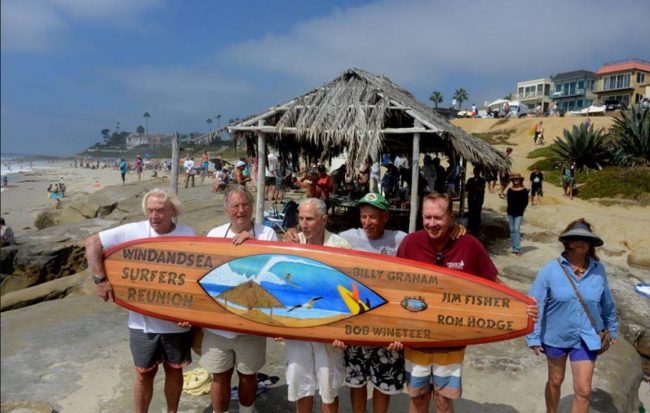
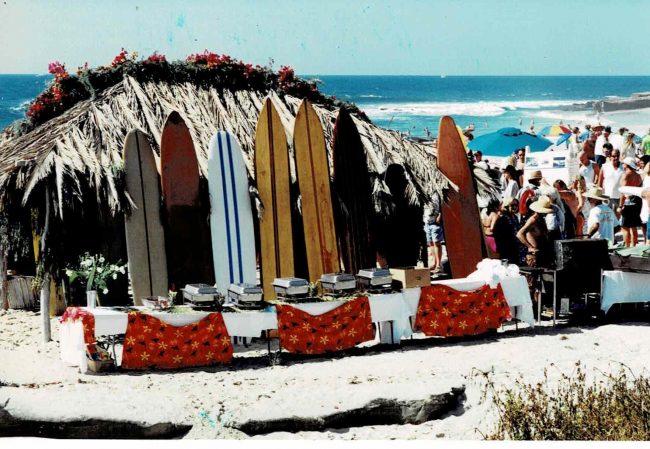
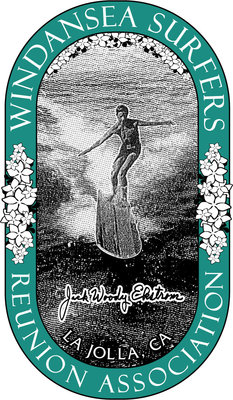
May 1997 – Friends of Windansea
It was in May when the first real organization of Friends of Windansea had their first meeting, which was attended by Hans Newman, Melinda Merryweather, Patrick Ahern, Rosina Beaver, Louis Beacham, Carl Lind, Jim Neri, Richard Smith, Matthew Welsh and Ed Mracek. Their sole quest was to preserve WindanSea Beach and become “Keepers of the Shack.”
One of their first milestones was to make the Shack a San Diego historical landmark. This was a dedicated goal which demanded a lot of paperwork, hard work and community support. The first big challenge was there were many that balked at the idea of having a surfer shack declared a historical landmark because of the past/present reputation of surfers.
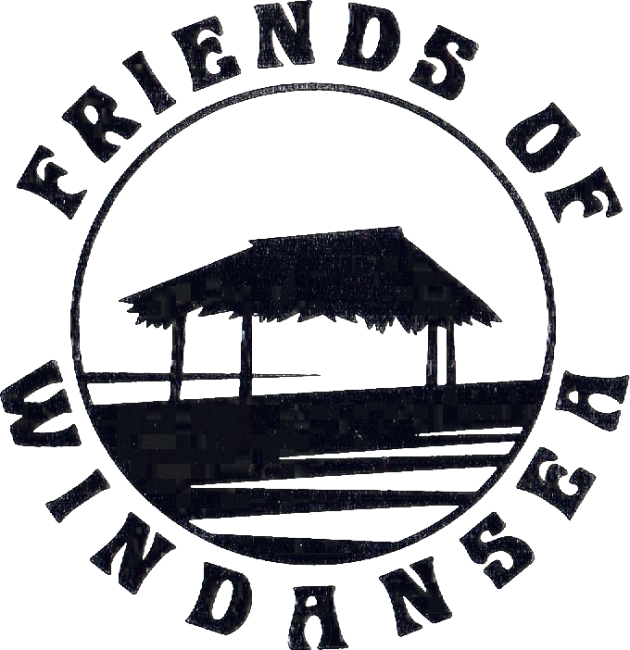
June 15, 1998 – The Shack’s Historical Landmark Date, and it Took 19 Years to Get the Bronze Plaque
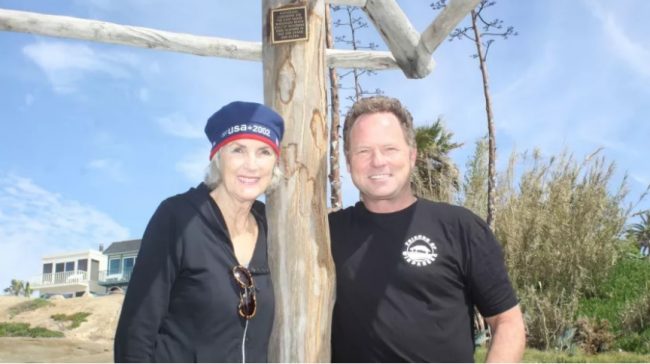
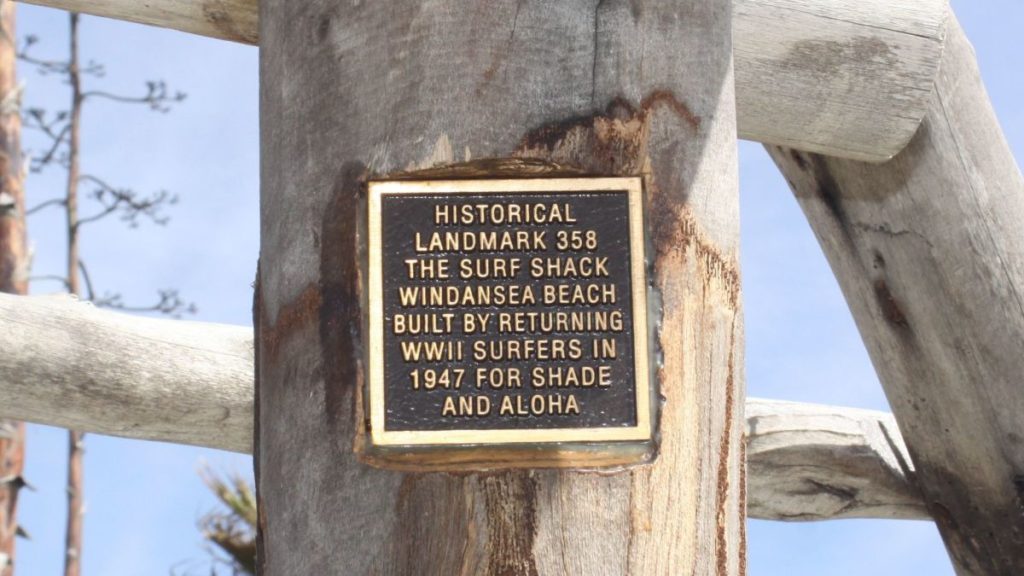
November 1998 – First Public Workshop for the Future of WindanSea
The meeting included a tour of WindanSea where each person wrote down items that would help improve WindanSea, such as rebuilding and painting the stairs and patching potholes in the parking lot.
[su_note note_color=”#feedea” text_color=”#000000″]”Friends for Windansea’s purpose was to protect and preserve the beach we loved and most of all keep it historic as perhaps one of the few beaches in California that is still original. We had a few battles, one famous one was ‘Ban The Can’ when the city tried to put bathrooms at the beach. We won that one and no bathrooms were built” — Melinda Merryweather.[/su_note]
Committed chairs were Hans Newman, Melinda Merryweather, and members were Patrick Ahern, Rosina Beaver, Louis Beacham, Carl Lind, Jim Neri, Richard Smith, Matthew Welsh, Ed Mracek. Others attended from time to time.
Since that first meeting, they have achieved many WindanSea milestones.
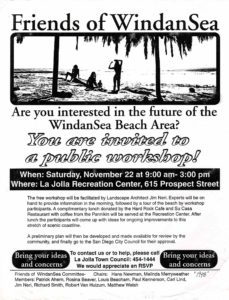
[su_note note_color=”#feedea” text_color=”#000000″]Albert’s Note: After the meeting, Friends thought it was best to remove the capital S in WindanSea (shown in the flier) and go with the beach name, Windansea. Their best interest was preserving the beach as nature intended it to be. They work very closely with other groups that have the same interest, such as La Jolla Parks and Beaches (501(c)(3) non-profit organization), and WindanSea Surf Club, along with the City of San Diego.[/su_note]
2003 – First Major Winter Storm Destroys the Shack
There were two big challenges to Friends of Windansea. One, money was needed, and two, keeping the historical significance.
The La Jolla Parks and Beaches, Inc. board approved funding to help anchor the WindanSea Surf Shack a lot better but this time a bit landward because of the eroding sandstone.
[su_note note_color=”#feedea” text_color=”#000000″]Because the Shack had become a historical landmark, the same type of materials had to be used: blue gum eucalyptus for the poles and Canary Island palm fronds for the roof. It also had to be specific to the dimensions, including the sizes of the posts and beams. Back in early 1980, David Coy, a cartographer, created a set of blueprints with actual overall dimensions, including the sizes of the poles and beams . [/su_note]Also, one pole was left standing to signify where the shack was originally built.
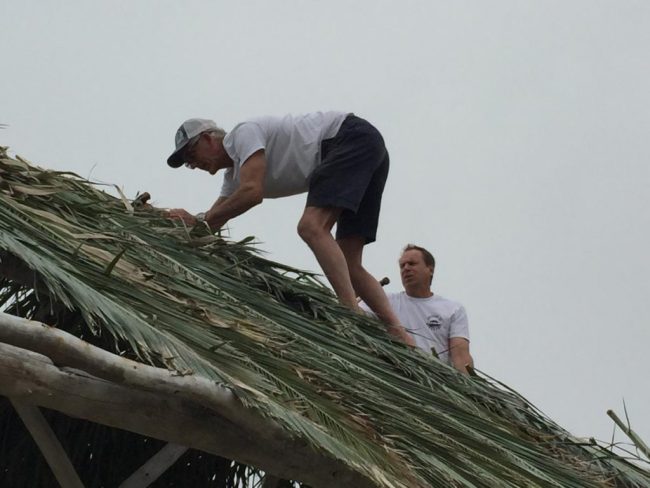

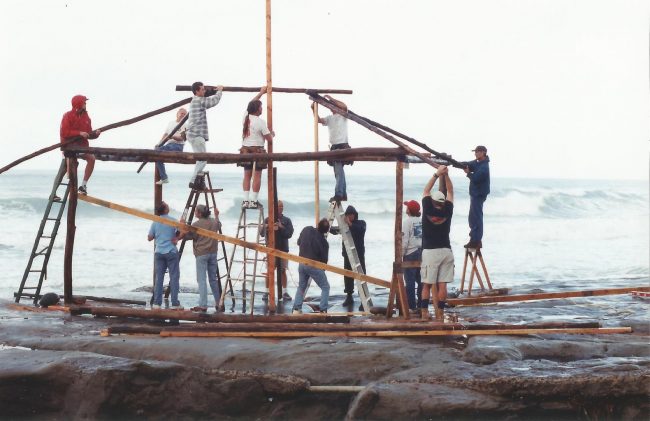
November 29, 2006 – The Shack’s First Paddle Out that Received Nationwide Attention
The Paddle Out is a spiritual symbol of surf culture. It’s a traditional Hawaiian tribute to the life and legacy of people have who passed away. In most cases, the Paddle Out is a floating memorial held in the ocean a few yards from the shore, where surfers and others spiritually embrace and honor the passing of someone they cherished.
It’s a traditional Hawaiian tribute to the life and legacy of people who have passed away. Paddle Outs are surfing’s most hallowed (and beautiful) rituals and a custom in La Jolla, usually held at the Shack. Some have drawn hundreds of people like the ones honored below, where they received worldwide media attention.
[su_note note_color=”#feedea” text_color=”#000000″]WindanSea, unknown to tourists, is the watery cemetery where the ashes of many locals lie under the waves. The Shack became the spiritual house of those waterpeople that are no longer with us.[/su_note]Albert’s Note: Surf conditions of these Paddle Outs depended on the location and time of year. Many of the Paddle Outs were north or south of the Shack where there was more beach sand (summertime) for the tribute and easier for the inexperienced paddlers to get out during large surf.
The first big Hawaiian-style Paddle Out was for Jack Macpherson (local legend who acquired a “permanent niche” in the history of Southern California beach culture honor) held at noon, December 10, 2006.
Surfer Ted Smith’s “Paddle Out” was one of the largest at WindanSea on January 15, 2012, and one of the top 10 breathtaking Paddle Outs.
La Jolla surf and photographer legend Bill Andrews’ long wave goodbye in 2017.
Chloe Buckley, lifeguard and surfer in late July 2018.
Legendary surfer Tom Ortner on July 2, 2019.
[su_note note_color=”#feedea” text_color=”#000000″]There are many that claim that once one is in the center of the Shack, they can feel the spirits of those honored at a Paddle Out.[/su_note]
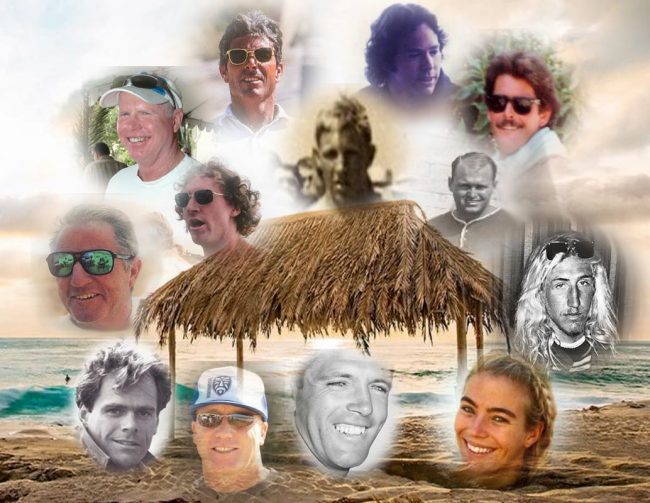
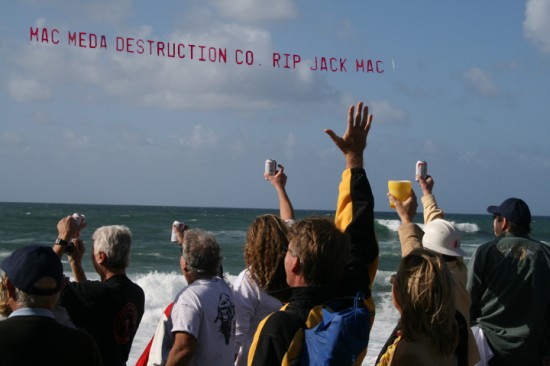
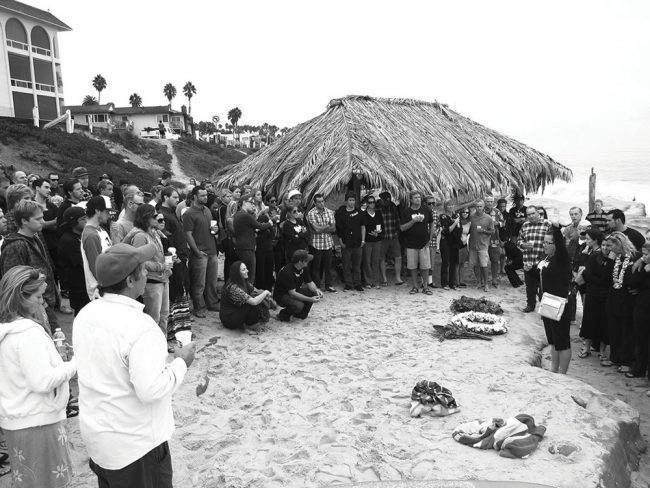
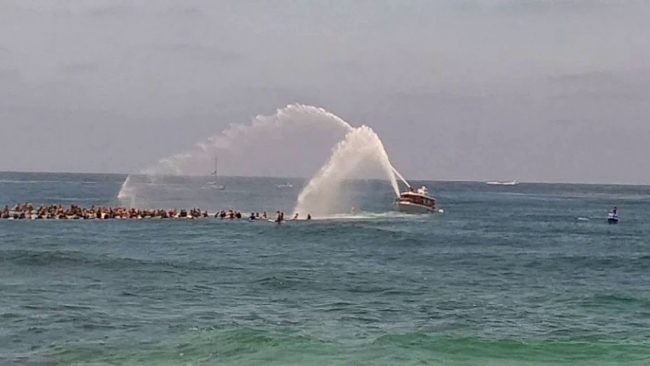
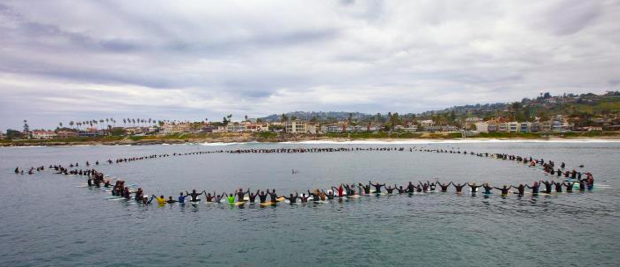

December 2014 – The “Keeper of the Shack,” Mark Scales, Passes
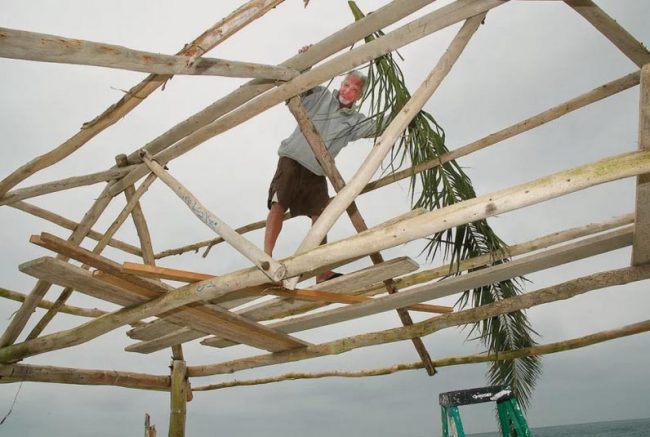
December 24, 2015 – Huge Waves and High Tide Destroy the Shack
But this time it took longer to rebuild (bureaucratic red tape), but by June of 2016, work had started, again using “spotted gum” provided by the San Diego Safari Park and beams from Carl Eckstrom’s home. Much care was taken to keep the location of the original shack post footings. Photos by Michael Sangiolo unless otherwise noted.
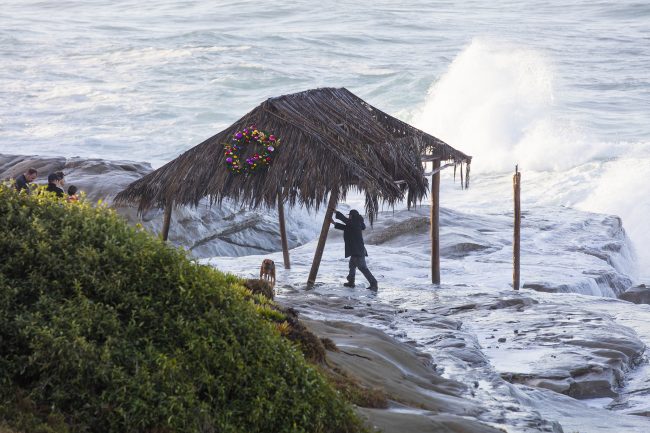
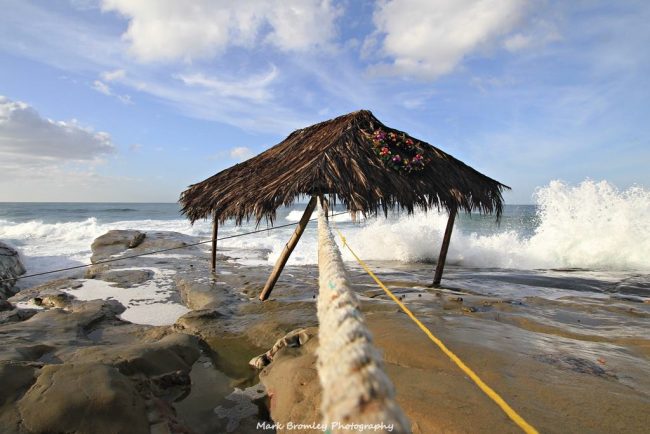


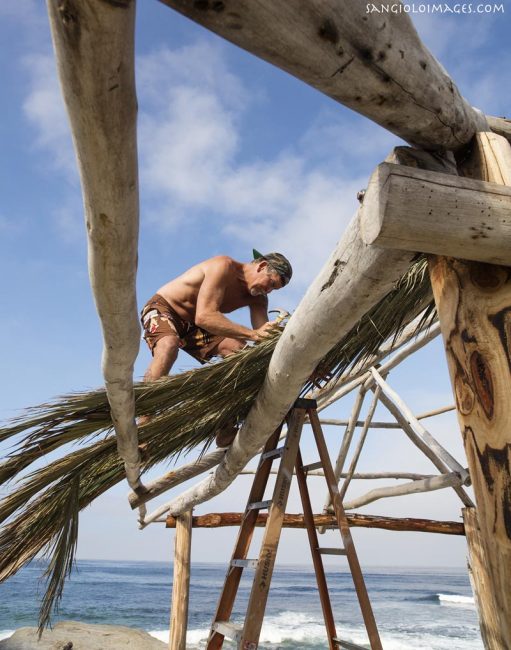
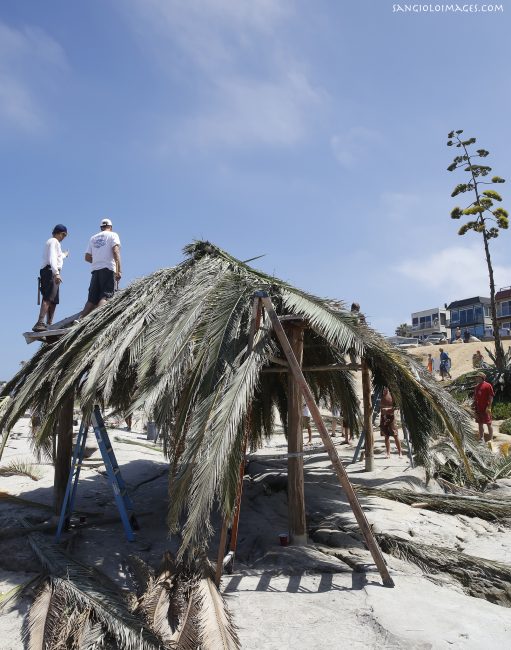
2017 – Celebration of the Shack’s 70th Year
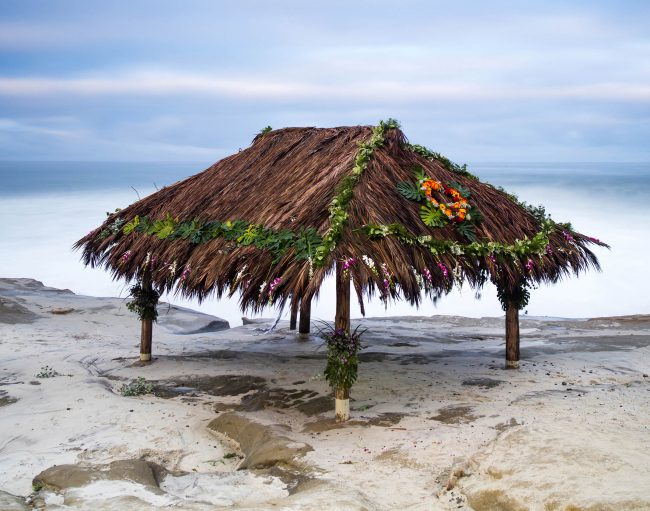
2022 – February 15
The Shack wins the 2022 JEWEL AWARD FOR PRESERVATION. The family of Windansea Shack supporters, including Friends of Windansea and WindanSea Surf Club — were selected by La Jolla Landmark Steering Committee and the Board of Directors of the La Jolla Historical Society. The Jewel Award recognizes the significant efforts to preserve historical properties in La Jolla. The Windansea Shack is the only surfer shack in the world that has been proclaimed a Historical Landmark.
2022 March 20 – Two Major Events
Windansea Surfer Shack Day – A proclamation held at Windansea parking lot, the City of San Diego declared March 20 WindanSea Surfer Shack Day and to honor those that built it and maintained it over the years. This event is sponsored by Friends of Windansea and La Jolla Historical Society. Congressman Scott Peters attended along with Representatives from the Mayor’s office, Matt Griffith and City Council m3ember, Joe LaCava. It is the ONLY surfer shack in the world that has this very distinctive honor.
Then the ceremony flowed into the spiritual Paddleout of one of the forefathers, legend, and pioneers of Surfing, Woody Ekstrom.
PRESENT
Over the years, WindanSea Beach became an integral part of surf culture in La Jolla and beyond. Wave after wave, the iconic Shack still remains the symbol of WindanSea Beach and in many cases that of La Jolla. Over the last 75 years, it has gone through many battles with nature and humans.
[su_note note_color=”#feedea” text_color=”#000000″]Albert’s Note: A major battle roars right now with the Shack being used for venues like weddings and dinner parties — a violation of the Historical Landmark laws/regulations, which, as of this writing, are not being enforced. Local outcry is everywhere at WindanSea. Other outcries are being voiced because small vendors are setting up shop on the beach to sell their products, and some catering companies have/will block off portions with ropes or cones to prevent the public from using the beach and Shack to have their private dinner parties and weddings.[/su_note]Locals and Friends of Windansea continue to be the Keepers of the Shack and to battle these new threats with the aim being to keep the Shack’s legacy for generations to come.
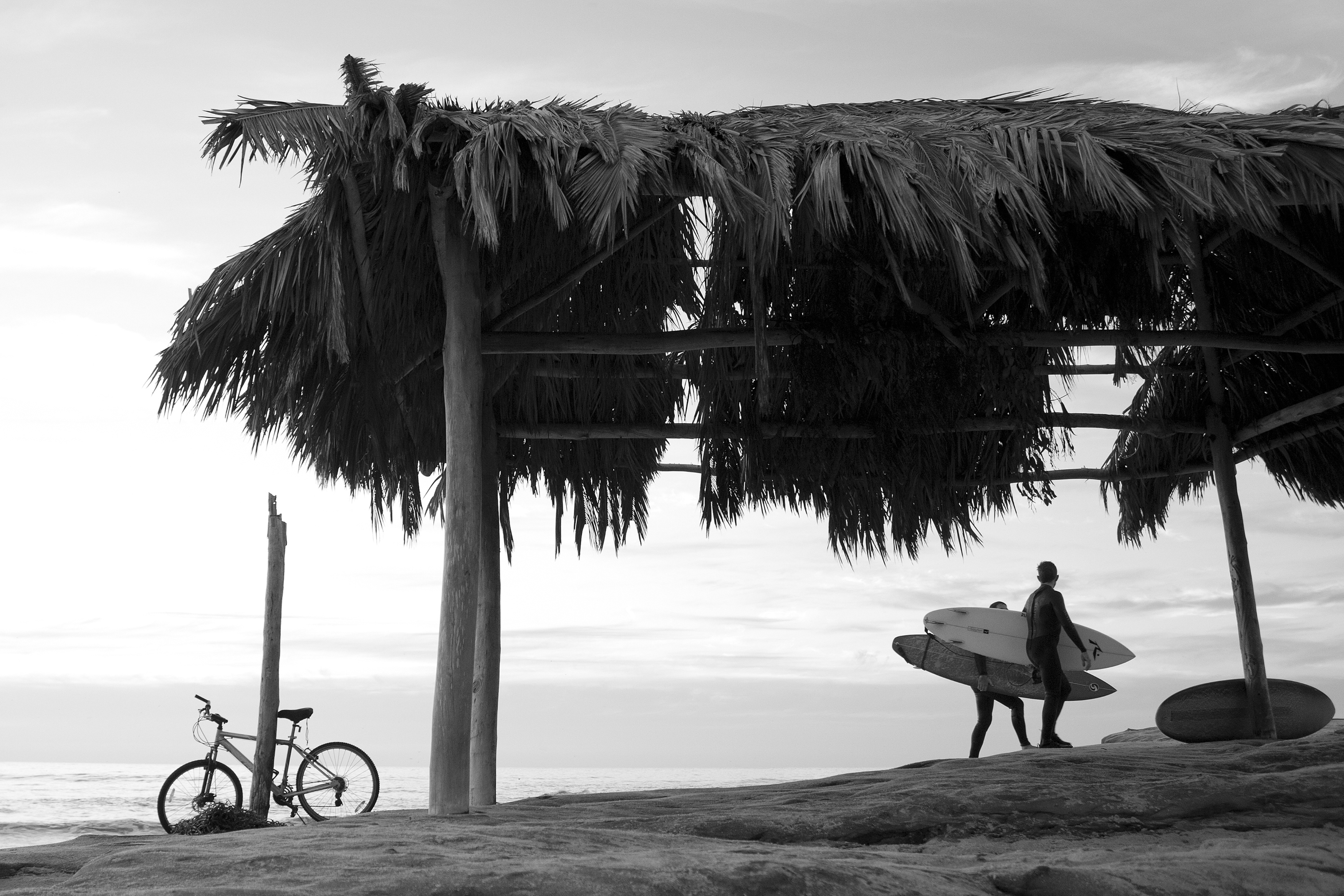
Albert thanks Friends of Windansea, all the photographers, Russell Ingledew for his dad Paul’s photo collection and Melinda Marquardt, who made sure Albert kept in line while writing, which, as many know, is almost impossible to do.